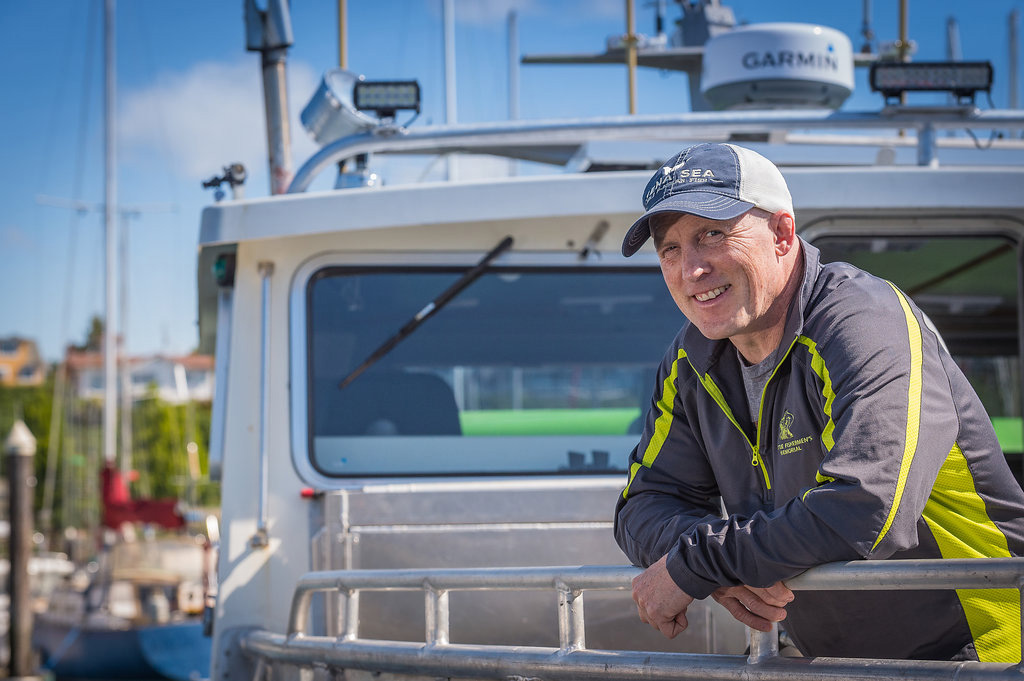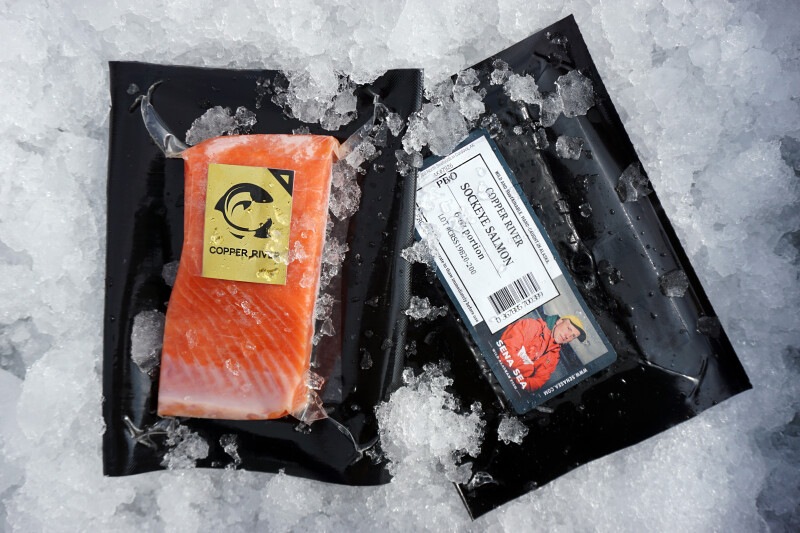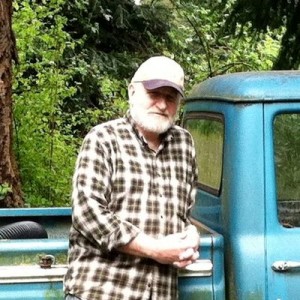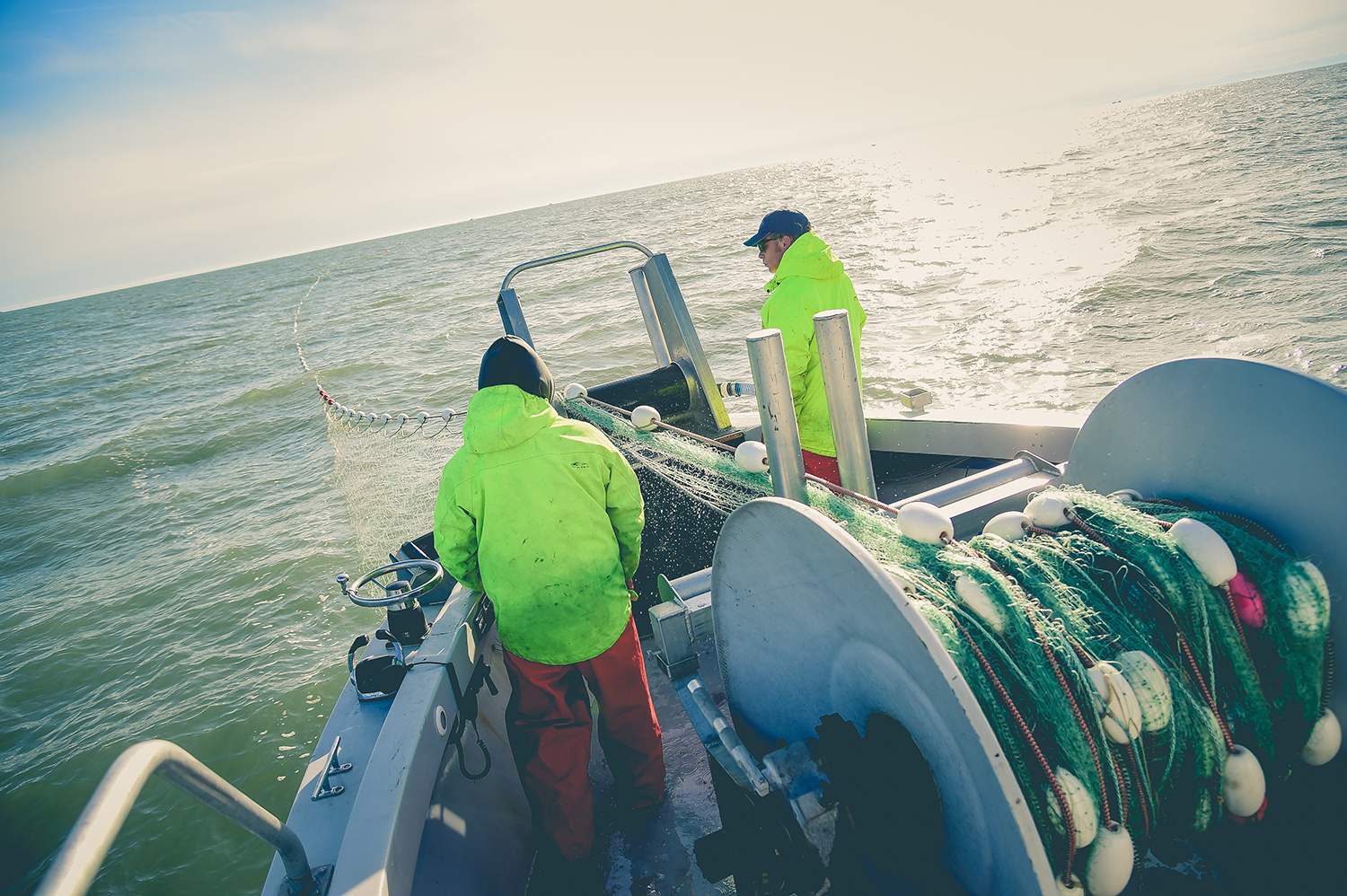A Cordova-based processor gets fresh life through a local fishing partnership and generations of Alaska fishing history
I could see that longlining wasn’t going to be able to provide for my family like it had been,” says Alaska fisherman Rich Wheeler. “I had been thinking I wanted to go to Southeast because I wanted to have my family with me, like a lot of fishermen do. I had the dream of having a boat with all my kids on it. So, fortunately, someone talked me into buying a boat and a permit on Prince William Sound.”
That move set the stage for Wheeler’s family to launch a new business and be able to spend summers fishing together. But the groundwork was laid two generations before on the rocky coast of Norway.
When Lars Jangaard emigrated to America in 1938, Europe was on the verge of war. By 1940, his homeland of Norway would be invaded by German troops that would occupy the country for five long years. So when an older Jangaard brother who had already emigrated sent word saying there was fishing work to be had in America, Lars left for Seattle. The 23-year-old fisherman from Volderoy, a small island on the seaward side of Norway, came over around the same time as one of his younger brothers, Otto.
During the war, the brothers prospered by fishing for sharks, the livers of which were in demand for their vitamin A. It was believed that the vitamin improved night vision for pilots, so these commercial fishermen fulfilled their war effort at sea, with nets.
While they also fished for tuna, sardines and cod, Lars and Otto Jangaard ended their careers as veterans of halibut longline fisheries in Alaska, Lars with the 83-foot Cape Flattery and Otto with the 70-foot Alrita, both house-forward, wood boats built on Puget Sound.
After settling in Seattle, Lars married a young Swedish descendent, Linnea, with whom he had three sons and one daughter. The daughter, Mary, married Art Hodgins, who was neither Scandinavian nor a fisherman, although he quickly became one of the latter after getting a chance on his father-in-law’s boat. After many years on the back deck and with natural aspirations for the wheelhouse, Art considered the possibility of taking over the Cape Flattery when Lars retired. But for that he was corked by Mary’s younger brother, Steve. However, Uncle Otto was also about to retire — and had no sons. So Art moved over to the Alrita, where he worked on deck for a season before moving up to the wheelhouse when Otto retired. Art immediately added blackcod gear and started targeting that increasingly valuable fish.
Art and the Alrita did well, especially after inheriting the Alrita’s rich catch history when quota shares were handed out for halibut and blackcod in the ’90s. He fished both until 2000, when he devised an unusual retirement plan: He made a deal with his crew to sell them most of his large quota share. If they could come up with the money for the quota, he would give them the boat. But the deal had to include the boat’s new inbreaker: Rich Wheeler, who had recently married Art’s middle daughter, Sena.
After getting his boots wet from fishing for two seasons in Bristol Bay, Rich had eagerly taken a spot on the Alrita when offered by Art in the late ’90s. But he hadn’t been onboard long when he and the rest of the Alrita crew bought Art out. Rich and Sena Wheeler were just married, she was in graduate school, and they would have to borrow a huge amount of money. All shares cost the same.

“It was an enormous leap of faith,” says Sena, who had just enrolled in a master’s degree program at Oregon State University, where Rich had gone to undergraduate school on a wrestling scholarship. After getting a bachelor’s degree in Food Science from Central Washington University, she and Rich moved to Oregon, where she spent a year in Corvallis and a year in Astoria testing albacore and writing scientific evaluations at the OSU seafood lab.
With a master’s degree in food and fermentation science in her portfolio, Sena went to work doing product development and quality control for Continental Mills back in the Seattle area. Rich continued to fish, and they dreamed of ways they could go into business together. Meanwhile, Rich scratched another itch in 2010 when the former carpenter hand-built a house in the mountains of central Washington. Officially, home became Entiat, Wash.
After about 12 years on the Alrita, Rich decided to strike out on his own and fish his quota on other boats while looking farther ahead.
That was when Rich bought a boat and permit on Prince William Sound to fulfill his dream of fishing with his family.
The boat was a 1989-built, 32' x 12.5' aluminum bowpicker in British Columbia. Rich shipped it to Cordova and renamed it Miss CamiLou, based on the middle names of his two daughters. He fished the twin-engine, prop-driven boat for several years before repowering with twin Volvos V-6s, 330-hp per side.
“I wish that somebody would have grabbed ahold of me and shook me and said, ‘Don’t buy that boat, go buy a jet boat!,’” says Rich, who kept the props. “That would have saved me so much headache and time and money.”
But the boat was “huge” inside with bunk space for a family of five. Rich’s dream of fishing with his family was now real, and the dream of starting a business with Sena wasn’t far behind.
For the first few seasons in Cordova, Rich fished as an independent, selling his fish to different processors in town. But in 2015, he and Sena started having his catch custom processed in Cordova by a small processor called Prime Select. The processing included parchment-wrapping 6-ounce portions, vacuum packing and blast freezing. The frozen salmon portions were sold under the label of Sena Sea Seafoods. Sena personally sold a lot of the fish at farmers’ markets in the Seattle area for several years while also selling it online and promoting it on social media. Last year, she discontinued the in-person markets and devoted her attention to direct-to-door sales during the pandemic.

The processing side of Sena Sea Seafoods, however, changed with the sale of Prime Select’s facility to a company from Tacoma called Northern Fish Products, which bought it as a means of better accessing Copper River salmon. But after a few seasons, Northern Fish determined that it wasn’t interested in continuing small-scale custom and wholesale processing. In August of 2017, Ross Swanes, president of Northern Fish, called Rich to let him know that the plant would be put up for sale. Was he interested in buying?
The answer was yes, not immediately, but definitely yes after signing on a local partner, John Wiese.
“I needed somebody local and somebody who knows how to get things done,” says Rich. “I’m an out-of-state guy — been fishing for a number of years — but I didn’t have the connections he has locally.”
John is a third-generation Cordovan who knows both the town and how to fish the notorious Copper River Flats. For three seasons, he experimented with processing his fish onboard and selling them directly. It was not his cup of tea.
“I was having a hard time being a good fisherman and a good salesman and running that side of the business by myself,” he says.
So joining up with Rich and Sena, who would do a lot of the work he didn’t want to do, made sense. Together they bought the small processing plant on Cordova’s waterfront and renamed it 60 North. Rich is CEO and John is COO.
Sena Sea is now owned by 60 North.
“It’s our retail brand,” says Rich. “We brought Sena Sea to the table as our contribution to 60 North, but having 60 North was also a big boost to Sena Sea.”
Prime Select and Northern Fish had only been processing salmon before 60 North took over. Now the plant also handles blackcod and halibut, which Sena Sea sells in 6-ounce portions. A lot of this white fish comes from Rich’s quota shares, which now he fishes on boats out of Cordova.
Expanding the Sena Sea product line is especially important when Copper River salmon returns are down, like last year and possibly 2021, as well.
“We probably sold more whitefish than salmon last year,” says Sena. Where once Sena Sea was limited to salmon portions, the company now sells not only blackcod and halibut, but also value-added products like smoked spreads, smoked salmon in jars in cedar boxes handmade by Rich. There’s also miso-marinated blackcod in 6-ounce portions. There’s occasionally Pacific cod and rockfish.
And there’s chop. Sold in 1-pound bags, chop is fish meat that might otherwise go to waste, like the meat stuck to a salmon’s backbone after filleting.
“We scrape the backbone of every fish,” says Sena. “When it’s Copper River, you know it’s the best fish, so we scrape the backbone with a spoon and sell it as a one-pound pouch of chop meat.” The chop can be used in soups, tacos, patties or salads. Sena Sea also offers 4-ounce patties made from their salmon chop with vegetables and seasonings. Like virtually all Sena Sea products, the patties are often sold as part of a bundle that might include a mix of species and portions. Halibut, lingcod and rockfish chop is produced during the portioning process and is also sold in 1-pound bags.
Every Monday is ship day for Sena Sea. The frozen fish comes south in 50-pound boxes, from which Sena and her crew in Wenatchee pull all the items for each order. Most boxes are cubes because that’s more efficient for holding the cold. Inside, water-soluble foam insulates the frozen fish and slows the sublimation of the dry ice. The fish is packed as tightly as possible to minimize air. This hand packing has become something of an art.
“Everybody likes being the closer,” says Sena.
The cost of shipping is a large factor in pricing.
“I know what size box ships really well,” she says, “and with my pricing, I’m pushing you to buy that right-size box, which is about $150. So if you’re thinking of buying one or two things, you’ll say this doesn’t make sense, but it’s not supposed to until you buy a box that’s efficient to ship.”
Sena Sea offers subscriptions with one-, two- or three-month intervals. “I really like to keep it easy to subscribe and for people to eat more fish. At the end of the day, I want you to have fish in your freezer because I know you’ll eat more of it.”
When they bought out Northern Fish, the property included a small bunkhouse with a kitchen.
“When we first bought the plant, we thought, yeah, we like the plant, but we don’t really need the bunkhouse,” says Sena. “It seemed unnecessary and more of an expense, but we wouldn’t have been able to run last year without the bunkhouse.” The bunkhouse is where Rich and their son, Hugh, quarantined after arriving from Washington in April 2020. Their processing crew also quarantined in the bunkhouse throughout the season.
Hugh, their oldest, then 14, did his remote learning from Cordova last spring and fished full-time with his dad for the first time all season. This year he’ll go up after school in June. Sena and their two daughters, Vansee, 12, and Eedee, 9, will go up at the end of June and stay until early August, as they usually do. Most of the time they will stay in a small room in the bunkhouse, and some of the time they’ll be out on the boat with Rich and Hugh.
Sena will have her laptop and will stay connected with Sena Sea business back in Washington. She’ll take pictures on the boat and back in Cordova for use on Instagram, Facebook and their website. She also writes occasional blogs and frequently corresponds with customers. Educating the public about Alaska’s fisheries and about seafood sustainability is an important part of Sena Sea’s mission.
Sena Sea and 60 North are also strong supporters of the Copper River Watershed Project, which “promotes a salmon-rich, intact watershed and culturally diverse communities by forming partnerships for watershed-scale planning and projects.”
Sena Sea and 60 North intend to be an asset to the community. They will buy fish from anyone, provided it’s properly chilled and bled, and they will custom cut for other direct marketers, too, and sport fishermen. In the not-too-distant future, they hope to add a smoker to their operation. Their fish is now smoked by Briny Sea in Olympia, Wash.
60 North also stepped up to the plate last year by contracting with the state to catch and process a test fishery for Prince William Sound king crab, which hadn’t been fished in more than 20 years. Their chartered crab boat caught a little over 10,000 pounds, much of which was sold at the dock to locals and neighboring natives. For processing, 60 North added a boiler, freezer pans and other necessary equipment. Sena Sea still has some clusters in cold storage and for sale on their website (starting at $149 for a small cluster of three legs and a claw).
This isn’t food for people on tight budgets. It’s all unique, pristine product, and it commands premium prices. Their customers, from Seattle to New York, love it and keep coming back for more. Sales have doubled every year.
Rich still intends to fish his halibut and blackcod quota, but it’s harder for him to get away from Cordova or off the Miss CamiLou. And now, his family can fish with him or even on other boats.
Last year, Hugh worked a couple openings on another gillnetter, and no one will be surprised if he ends up running his own boat someday. Of the two girls, Rich sees Eedee as an up-and-coming deckhand. Vansee, who is named after a halibut schooner, is more inclined toward baking than fishing. Whatever they do, it will probably be family and fishing focused, like their parents, grandparents and great grandparents before them. And always with an eye on what’s next.
“This is about the stupidest business ever,” says Rich. “You spend all this time and money getting ready for a wild fish that may not even show up. It’s crazy, the livelihoods and everything else that’s at stake, but somehow it always works out.”
Bruce Buls is a freelance writer based in Whidbey Island, Wash., and is Sena Wheeler’s godfather.







